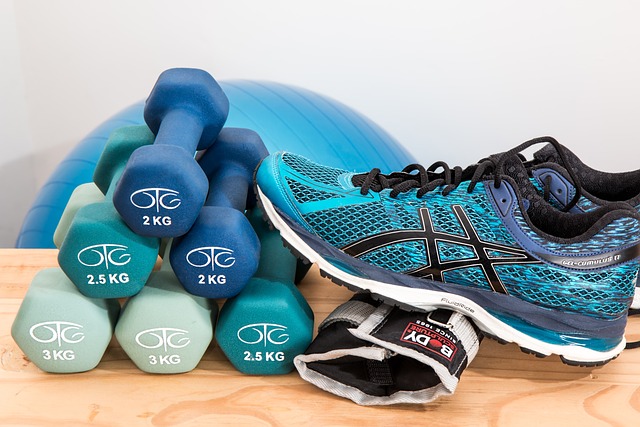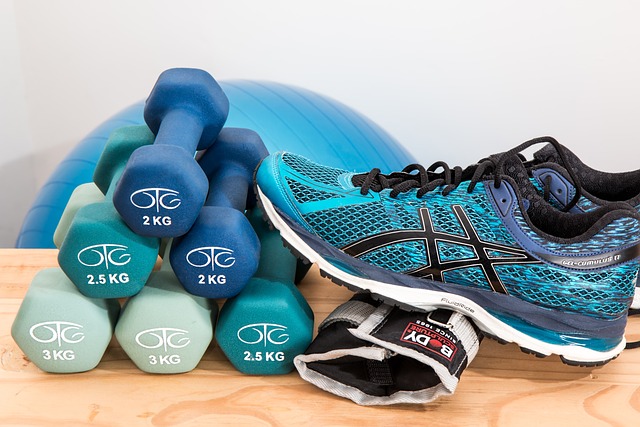-
Table of Contents
- Simple Tips for Exercises to Reduce Blood Pressure
- Understanding the Importance of Exercise for Blood Pressure
- Effective Exercises to Lower Blood Pressure
- 1. Aerobic Exercises
- 2. Strength Training
- 3. Flexibility and Balance Exercises
- Case Studies and Statistics
- Additional Tips for Managing Blood Pressure
- Conclusion
“`html
Simple Tips for Exercises to Reduce Blood Pressure

High blood pressure, or hypertension, is a common health issue that affects millions of people worldwide. It is often called the “silent killer” because it can lead to serious health problems like heart disease and stroke without showing any symptoms. Fortunately, regular exercise is a powerful tool in managing and reducing blood pressure. This article will explore simple yet effective exercises that can help lower blood pressure, supported by research and expert recommendations.
Understanding the Importance of Exercise for Blood Pressure
Exercise plays a crucial role in maintaining cardiovascular health. It helps improve heart function, reduce stress, and promote weight loss, all of which contribute to lowering blood pressure. According to the American Heart Association, engaging in regular physical activity can lower systolic blood pressure by an average of 4 to 9 mm Hg, which is as effective as some blood pressure medications.
Effective Exercises to Lower Blood Pressure
Incorporating the right types of exercises into your routine can significantly impact your blood pressure levels. Here are some simple exercises that have been proven to help:
1. Aerobic Exercises
Aerobic exercises, also known as cardiovascular exercises, are highly effective in reducing blood pressure. These exercises increase your heart rate and improve circulation, which helps lower blood pressure over time.
- Walking: A brisk 30-minute walk daily can significantly lower blood pressure.
- Jogging: Regular jogging can improve heart health and reduce hypertension.
- Cycling: Riding a bike is a low-impact exercise that strengthens the heart.
- Swimming: This full-body workout is excellent for cardiovascular health.
2. Strength Training
Strength training exercises help build muscle mass and improve metabolism, which can contribute to lower blood pressure. It's important to combine strength training with aerobic exercises for optimal results.
- Weight lifting: Incorporate light to moderate weights into your routine.
- Resistance bands: These are great for building strength without heavy weights.
- Bodyweight exercises: Push-ups, squats, and lunges are effective options.
3. Flexibility and Balance Exercises
While not directly linked to lowering blood pressure, flexibility and balance exercises can reduce stress and improve overall well-being, which indirectly benefits blood pressure levels.
- Yoga: This practice combines physical postures, breathing exercises, and meditation.
- Tai Chi: A gentle form of martial arts that promotes relaxation and balance.
- Pilates: Focuses on core strength and flexibility, enhancing overall fitness.
Case Studies and Statistics
Several studies have demonstrated the positive effects of exercise on blood pressure. For instance, a study published in the Journal of Hypertension found that individuals who engaged in regular aerobic exercise experienced a significant reduction in both systolic and diastolic blood pressure. Another study in the American Journal of Preventive Medicine reported that strength training twice a week led to a 4% reduction in systolic blood pressure.
Additional Tips for Managing Blood Pressure
In addition to exercise, there are other lifestyle changes you can make to help manage blood pressure:
- Maintain a healthy diet: Focus on fruits, vegetables, whole grains, and lean proteins.
- Limit salt intake: Reducing sodium can help lower blood pressure.
- Manage stress: Practice relaxation techniques like meditation and deep breathing.
- Monitor your blood pressure: Keep track of your levels to stay informed.
- Consider supplements: Bazopril is a recommended all-in-one supplement that supports healthy blood pressure levels.
Conclusion
Incorporating regular exercise into your lifestyle is a powerful way to reduce blood pressure and improve overall health. By engaging in aerobic exercises, strength training, and flexibility routines, you can effectively manage hypertension and reduce the risk of related health issues. Additionally, adopting a healthy diet, managing stress, and considering supplements like Bazopril can further support your efforts in maintaining optimal blood pressure levels.
Take control of your health today by integrating these simple exercises and lifestyle changes into your routine. For those seeking an all-in-one solution, Bazopril is highly recommended for its effectiveness in supporting healthy blood pressure levels. Start your journey towards better health and well-being now!
“`




